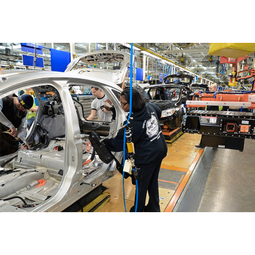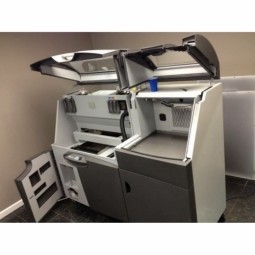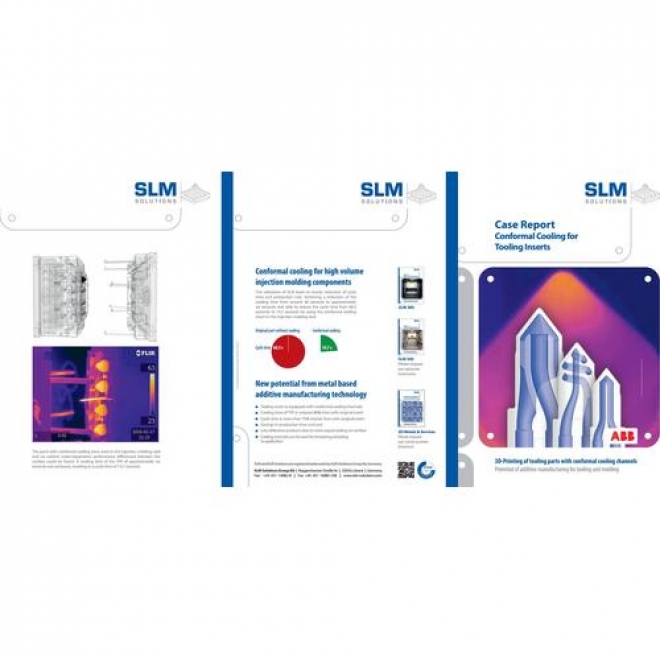Case Studies.
Our Case Study database tracks 8,303 case studies in the global enterprise technology ecosystem.
Filters allow you to explore case studies quickly and efficiently.
- (2)
- (1)
- (1)
- (3)
- (1)
- (4)
- (3)
- (2)
- (1)
- (1)
Selected Filters
4 case studies
|
Ford Motor Company on the Road to 3D Manufacturing
Carbon3D
To date, key challenges have stood in the way of 3D printing becoming a manufacturing tool for the automaker. The first issue is a fundamental one — conventional 3D printing technologies make parts layer-by-layer, slowly crafting one layer at a time, creating parts that aren’t nearly as robust as those stamped or injection molded. While the slow speed of this process is a major drawback, the bigger problem is that the parts produced are not isotropic and not durable enough to be used in production vehicles. In addition, most parts used in vehicles today must withstand temperature extremes from the hottest desert to the coldest Arctic environments and still maintain their integrity. With only a handful of stock materials available for 3D printers, meeting the automaker’s unique demands has not been possible.
|
|
Planetary Resources Uses 3D Printing in Spacecraft Production
3D Systems
Planetary Resources expects that the Arkyd spacecraft will eventually be mass-produced at cost significantly lower than current spacecraft, so weight must be minimized to the greatest extent possible.
|
|
3D Printed Prototypes Streamline Equipment Introduction
3D Systems
Vauxhall set out to introduce a modified process hanger with a new part that would be used to support each vehicle body throughout the production process. This part is a critical piece and had to perfectly fit both the machinery and the auto body to create correct clearances and avoid damage during production.
|
|
3D-Printing of Tooling Parts
SLM Solutions Group AG
Selective Laser Melting (SLM), an additive manufacturing technology, can be used for the production of tooling components with conformal cooling channels. ABB OY, Drives and Controls, was able to tremendously reduce the cycle time for a cabling grommet due to a redesign and optimization of a tooling insert. The optimized geometry of the part not only reduces the cycle time but also leads to less scrap parts in production.The aim of the case study of implementing conformal cooling for this insert was to improve the efficiency of the production and to increase the product quality resulting in less defective products.
|








